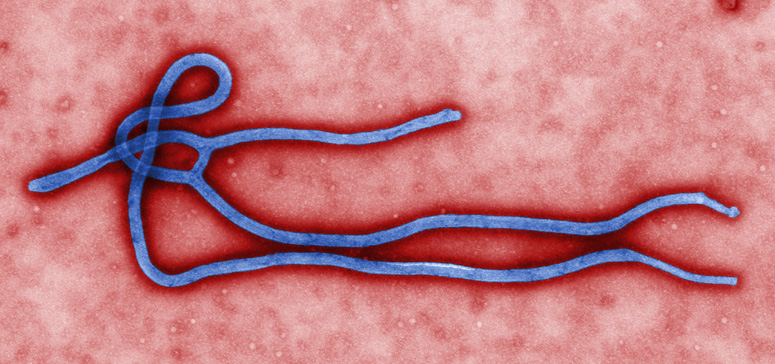There seems to be no pattern to where humans pick up new viruses

Enlarge / A colorized transmission electron micrograph (TEM) of an Ebola virus virion. (credit: CDC)
A virus that normally infects animals makes the jump to humans, whose immune systems have never seen it before. It suddenly sweeps across the globe, leaving death and chaos in its wake. We're living with that reality now and have gone through it previously with HIV, SARS, MERS, Ebola, Hanta, and various flu viruses that have threatened humanity in just the past few decades.
While there are many organizations that try to stay on top of threats of emerging diseases, it would be helpful if we could identify major sources of potential threats. If, for example, we knew that certain species were more prone to carrying viruses that could make the jump to humans, we could potentially survey the viruses found in those species, identify major threats, and potentially even develop therapies or vaccines in advance.
But a study published recently in PNAS suggests there's no real pattern to where humans are picking up new viruses. Instead, groups with lots of species tend to have lots of viral species, and those make the jump to humans largely in proportion to the number of species.
Read 15 remaining paragraphs | Comments